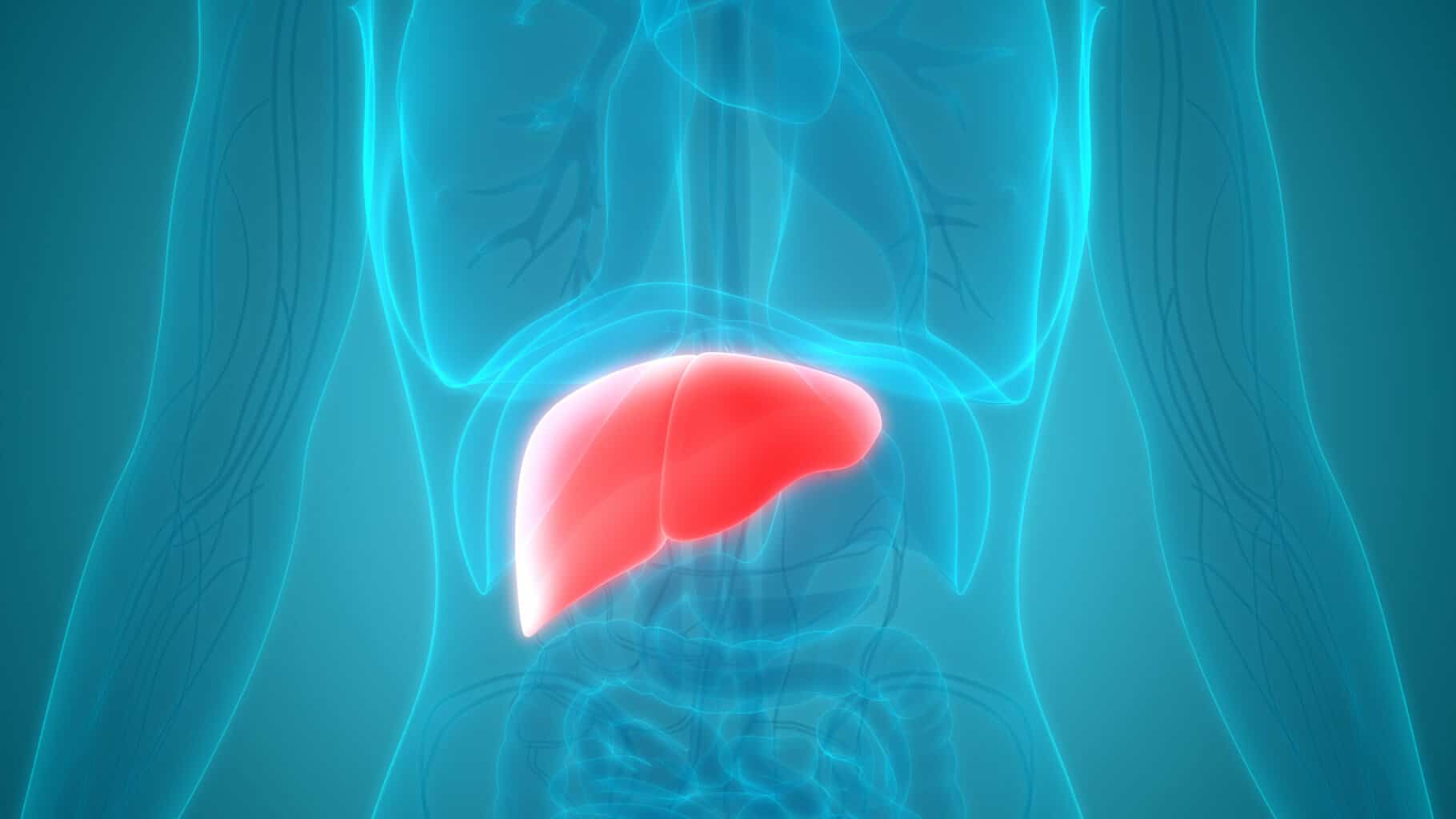Liver

The human liver is a large, complex organ that has many important functions in the body.
The liver filters the blood of toxins and waste products, and it produces bile, which helps to break down fats in the digestive process.
The liver also stores energy reserves in the form of glycogen, and it synthesizes proteins that are essential for the structure and function of all cells in the body.
The liver is located in the upper right quadrant of the abdomen and is protected by the rib cage. It is a large organ, weighing around 3 pounds in an adult.
The liver is reddish-brown in color and has a smooth, lobed surface. It is divided into two main sections: the right lobe and the left lobe.
The liver is a very tough organ and can regenerate if part of it is removed. However, the liver can also be damaged by disease or injury and can become diseased itself.
There are many different types of liver disease, including hepatitis (inflammation of the liver), cirrhosis (scarring of the liver), and liver cancer.
Liver disease can be caused by viral infections, alcohol abuse, and other factors. Treatment for liver disease often includes medications, surgery, and transplantation.
Books discussing Liver

Medical Medium Liver Rescue
By focusing on one area of health, you can improve all other areas and prevent illnesses before they have a chance to start. Today, an overloaded...

Never Stop Healing
Don't hold off on your health improvements any longer; there is no need to wait and every reason why you should create positive change now,...

Melatonin
With Dr. John Lieurance, a Chiropractic Neurologist and Naturopathic Physician at the helm, this book is immensely comprehensive in its discussion of...

The Toxin Solution
Dr. Joe Pizzorno firmly believes that the foundation of excellent health throughout your life lies in two main components: how many toxins you are...

The Liver Cleansing Diet
Dr. Cabot's bestseller revolutionized the world by enlightening millions to the significance of liver health for a sound body and immune system,...

Save Your Gallbladder and what to do if you've already lost it
If you are experiencing gallbladder issues, this book will provide the answers regardless of whether or not you have had yours removed. With its...

The Immune System Recovery Plan
Autoimmune disease has officially become a widespread epidemic, affecting as many as 23.5 million people in the United States alone. This massive...
Experts discussing Liver
Anthony William
Best-selling author, chronic illness medium - helping people heal and overcome illness, host of - Medical Medium podcast, and originator of the global celery juice movement.Regan Archibald, LAc, CSSAc, FMP
Peptide specialist and founder of East West Health and Go Wellness, integrated pain specialist, host of Never Stop Healing podcast, regenerative medicine expert, and author.Dr. John Lieurance, ND, DC
A chiropractic neurologist and naturopath who has been in private practice for 25 years, author, and Chief Scientific Officer of MitoZen, and Director of the Functional Cranial Release Research Institute (FCRRI).Dr. Joseph Pizzorno, ND
Natural, integrative, and functional medicine leader. Founding president of Bastyr University, consultant at Bioclinic Naturals, and the Chair of IFM Board of Directors.Dr. Sandra Cabot, MD
For over four decades, a renowned medical doctor has authored more than thirty bestselling books on health, one of them being the critically acclaimed "Liver Cleansing Diet" book.Dr. Margaret Jasinska, ND
An author, a naturopath specializing in gut health, thyroid conditions, autoimmune disease, fatty liver, and diabetes.Dr. Susan Blum, MD, M.P.H.
A pioneer in Functional Medicine, author of the popular book, The Immune System Recovery Plan, and founder of Blum Health MD.